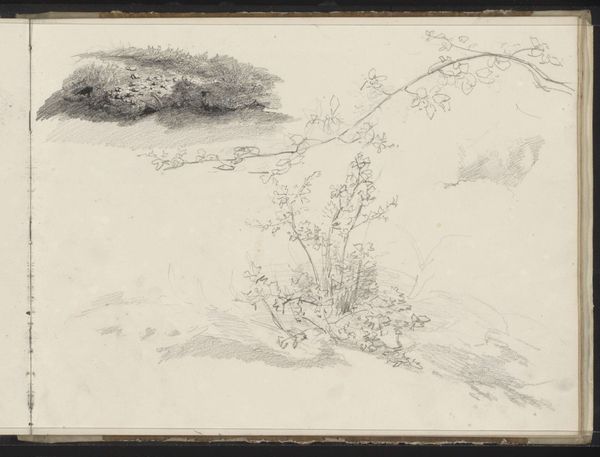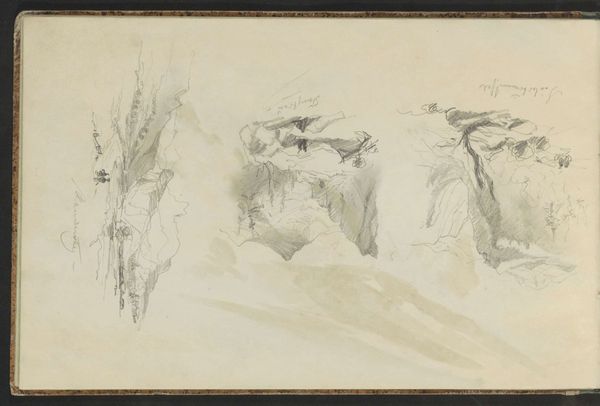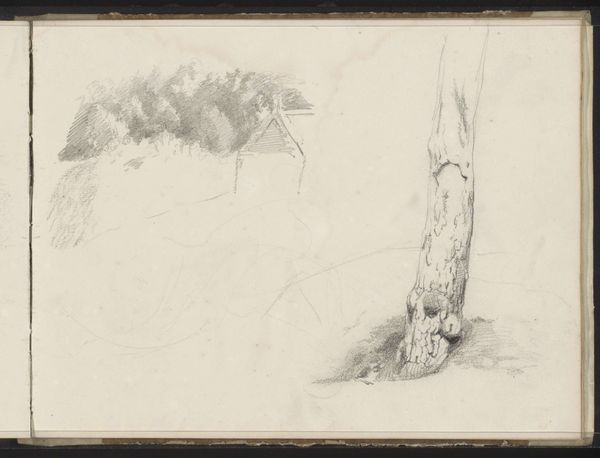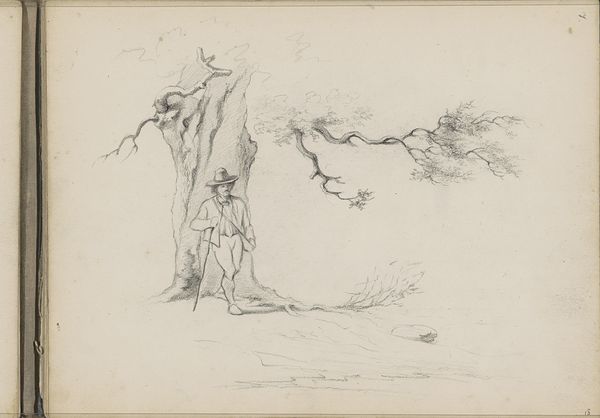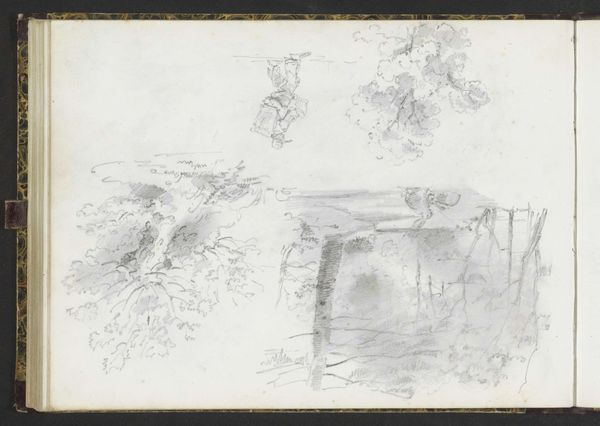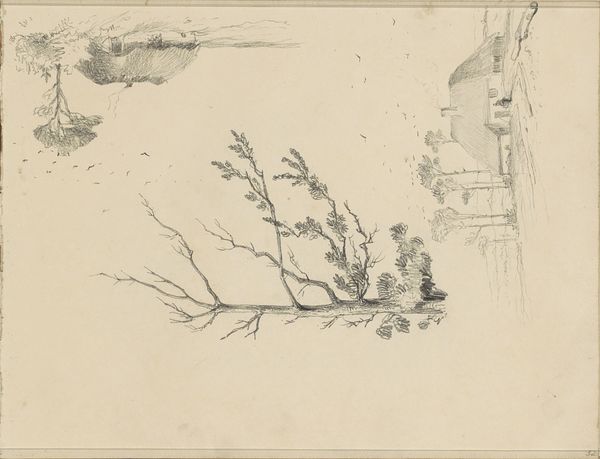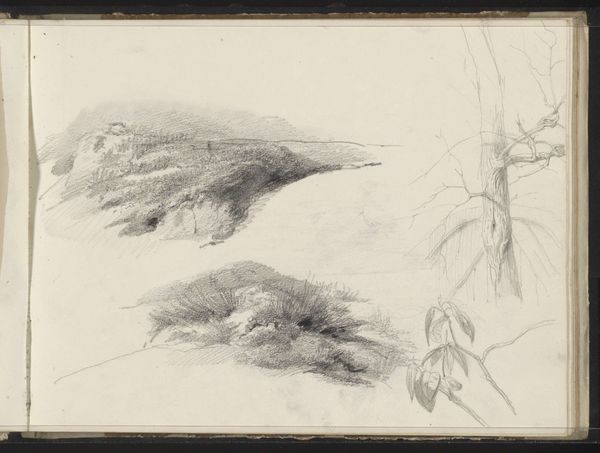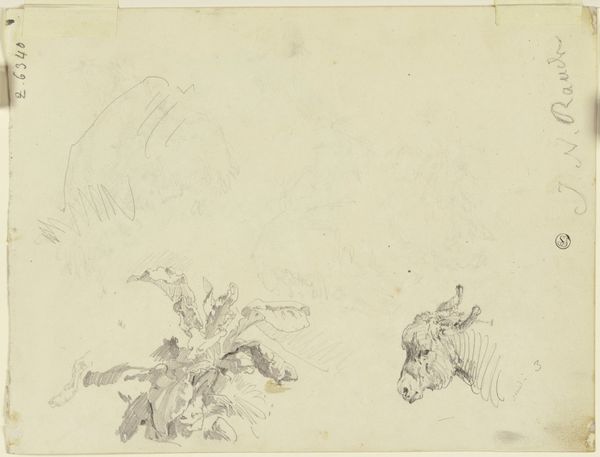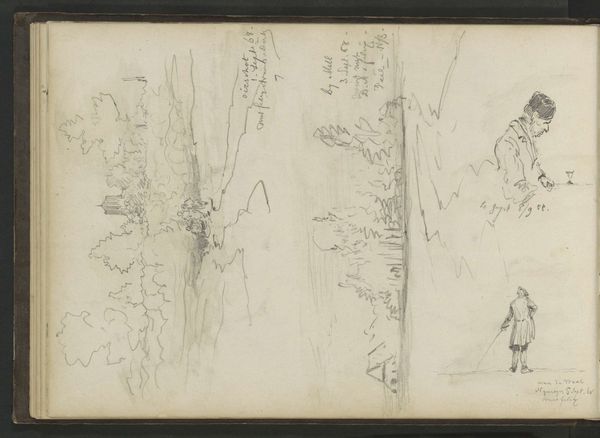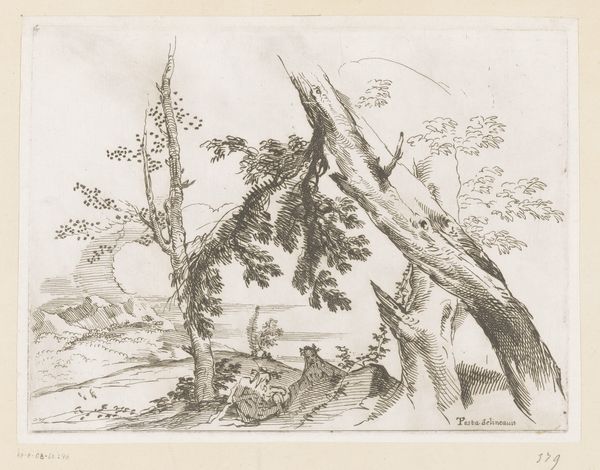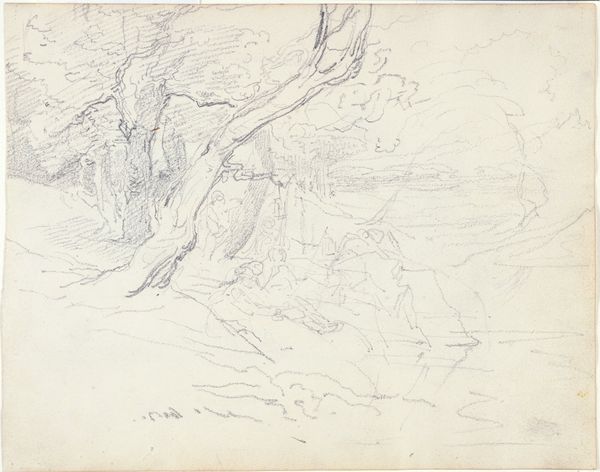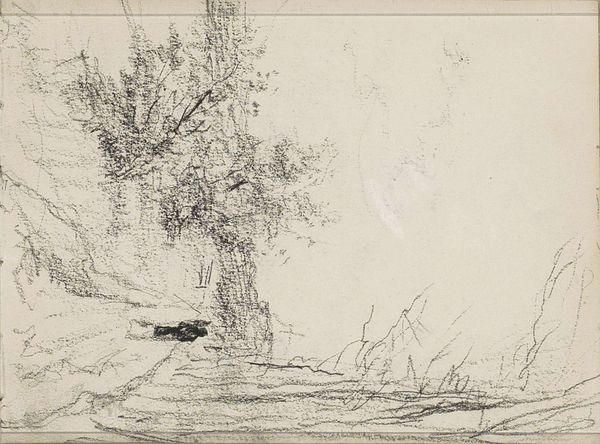
drawing, pencil
#
drawing
#
pencil sketch
#
landscape
#
road
#
child
#
pencil
#
genre-painting
Copyright: Rijks Museum: Open Domain
Editor: This is Johannes Tavenraat's 1840 pencil drawing, "Two Children with a Goat and Landscapes with a Horseman," housed here at the Rijksmuseum. I'm immediately drawn to the sketch-like quality. What do you see in this piece in terms of its historical context? Curator: Well, given Tavenraat's focus on everyday life depicted in sketch form, we need to consider the growing 19th-century interest in Realism and the public's desire for relatable imagery. Do you think that Tavenraat tried to capture and create a kind of accessible vision of Dutch rural life? Editor: Perhaps, although it’s interesting to me that these aren’t finished paintings, but sketches. Did the public see these? I guess I’m thinking about the museum context... when would something like this have been displayed? Curator: That's a great question! Think about the rising middle class, increased literacy, and art institutions that developed in this period. Drawings like these could be viewed as intimate glimpses into the artist's process, even preparatory sketches could be valued for their own aesthetic qualities. Maybe exhibited at salon shows… What sort of cultural values do you think it expresses in its composition and themes? Editor: It seems very pastoral and romantic in its sensibility, doesn’t it? Curator: Indeed, yet the focus on the ordinary could serve social purposes too, offering commentary on shifting rural populations or inviting reflection on social mobility through seemingly idyllic depictions. I wonder if its display now frames its meaning differently compared to its time of production... Editor: It’s amazing how much can be read into a seemingly simple drawing! I’ll never look at a sketch the same way again. Curator: Exactly! The interplay between art, audience, and historical forces is never simple, but always revealing.
Comments
No comments
Be the first to comment and join the conversation on the ultimate creative platform.
